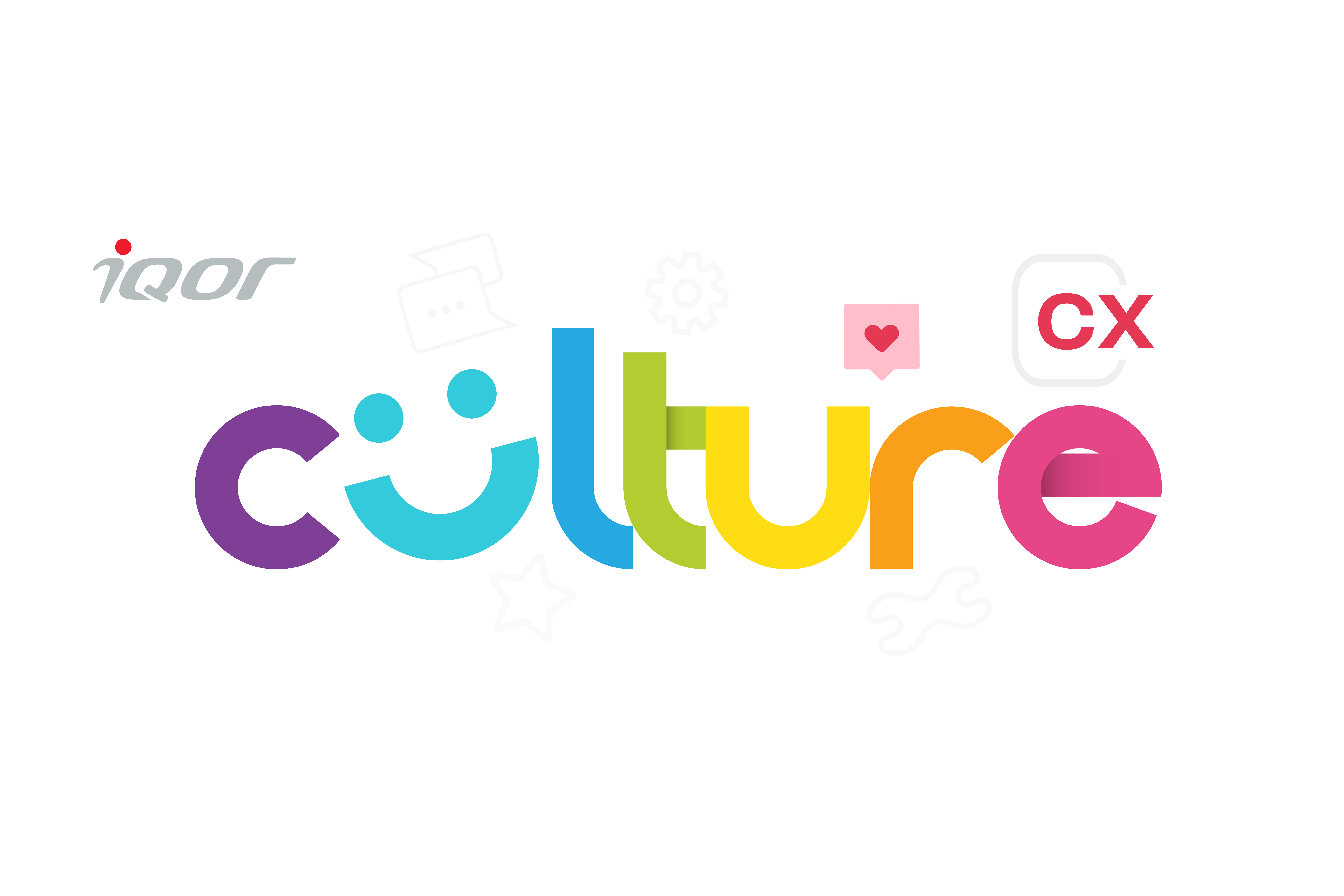Why Customer Reaction to Customer Service Email Is Important
In an omnichannel customer experience (CX) ecosystem, customers can choose to interact with brands in many ways. In each interaction, they expect to be recognized, respected, informed, and assisted by the brand. With live chat and voice, the customer’s state of mind comes through with the words and tone they use in real time. That helps customer service agents better understand the kind of help the customer needs and how to deliver it.
But when you send an email, you don’t know what recipients think and feel about it until you receive their email response—if they respond at all. The fact that you can’t react in real time is different from other forms of customer interaction, so writing customer support emails may call for a more thoughtful and detailed approach.
Brands should consider customer service emails an opportunity to delight customers, even when the email doesn’t require (or is unlikely to get) customer feedback.
The data tells the story: 36% of consumers share their customer service experiences, good or bad. More than a third do so on Facebook or Instagram.
While customers may not thank you directly for your support email, they do say thank you when they take customer satisfaction surveys, refer your company, and decide to do business with you again. That means it’s in your best interest to create customer service emails that drive loyalty and boost revenue.
Moreover:
- 89% of buyers will buy from the same brand again after a positive customer service experience.
- Retaining just 5% of your customers who might have switched to a competitor increases revenue by as much as 125%.
- For 90% of Americans, customer service is a factor in choosing where they do business.
- 94% of customers who cite a brand for having “very good” customer service are likely to recommend it.
Everything else being equal, customers buy from brands they know, like, and trust. Add it all up, and sending support emails that boost revenue and loyalty is good business.
In this blog post we’ll show you how to create those emails by reviewing:
- Tips for writing irresistible subject lines that will get your emails opened.
- 14 essential ingredients for creating effective customer service emails.
- How to streamline the writing process.
A quick note on the difference between customer support emails and marketing emails.
Marketing emails provide prospects with information and encourage them to take a course of action that moves them closer to making a purchase. Customer service emails help solve problems, strengthen the relationship between the customer and the brand, and improve customer satisfaction while earning and reinforcing loyalty. In short, they focus solely on customer satisfaction and retention.
This blog post covers customer service emails exclusively.
People Open Emails Because of the Subject Line
For an email to have any effect, it first must be opened. So, before we get into what goes inside customer service emails, here are some tips to get customers to open your emails.
- When responding to a customer email, reply with the subject line they provide. That will help them recognize that your email is in response to theirs.
- Limit the subject line to 50 characters, including spaces. That way you can be sure the full subject line is readable in all email clients and on mobile devices.
- Only capitalize the first word. Otherwise, spam screens may filter your email out as junk mail. Also, don’t use unnecessary punctuation in your subject lines.
- Avoid using spam trigger words.
- Be simple and to the point. Say what the email is about in a few words.
- If the name of the company is not part of the “From” line, put it in the subject line.
- Be creative to grab attention, but stay within your brand voice guidelines.
- If you’re sending the same email to a large list of customers, conduct an A/B test of two subject lines to learn which gets the higher open rate.
Writing a good subject line can take time. That time is worth taking if it helps you connect with a customer. Consider using a subject line testing tool to help you write effective subject lines.
Now, let’s go inside the email.
14 Essential Ingredients for Creating Effective Customer Service Emails
These 14 ingredients are for emails intended for customers who have expressed a need for your help. Their expression of need gives you an opportunity to improve their relationship with your brand. These are the emails that present the most challenges and the greatest opportunities to boost loyalty and revenue.
For more routine customer service emails, you may not need to use all 14 ingredients.
1. Respond as Soon as You Can
Customers expect to get a response from you quickly. Do your best to meet that expectation while taking the time you need to include these 14 ingredients. Your goal is to give the customer the response they need and deserve before they look elsewhere for assistance.
2. Be Human
Write from one person to another. Address customers by name. Thank them for contacting you. Refer to their history as a customer. Let them know that you are there to help them. Stay positive.
3. Focus on the Customer
Write clearly and precisely about the points that matter to them. Refer to notes from any recent interactions that relate to why you’re writing.
4. Be Nice
Empathize with the customer. When responding to a customer email, assure them that you understand how important their concern is to them. Acknowledge the feelings they expressed and pledge to work with them to correct the situation.
5. Tell Them What Happens Next
Let them know you will do your best to resolve their situation quickly. Share what the next steps will be and give them a time frame by which you expect the situation to be resolved. Let them know you’ll follow up with them and when they should expect to hear from you.
6. Ask, Don’t Tell
If you need the customer to provide more information, ask them to send you the information you need in order to move forward to a solution. You earn more smiles with honey than vinegar.
7. Be Clear About What They Need to Do
Give customers clear calls to action so they can easily gather whatever information you need and get it to you. If they need to do more than one thing, mark each with a bullet point to make each action they need to take stand out.
8. Answer All Questions Thoroughly
Whenever a customer asks questions, answer all of them completely. If some of the questions are difficult, let them know you will check on those questions (list each question). Tell them when they can expect to get those answers from you (and be sure to follow up on time).
9. Make Your Message Clear
Making it easy for your customer to understand the email is critical. Use plain language so your customer can understand the email after reading it once. Write short sentences and paragraphs. Use common, everyday words.
10. Include Links to Helpful Content
After you’ve provided the customer information they need, share links to an article, podcast, or video that can help them understand their situation better, or what they can do next to enjoy the benefits of your product. Remember, share your information first, then provide the links.
11. End on a High Note
Give a short summary of the situation and the steps that you and the customer will take to resolve it. Assure them that you are committed to helping them work through the issue together. Include your name and photo in the signature to build trust and make the relationship more personal.
12. Say Thank You!
The right “Thank you” tells the customer that you are here for them and happy to help. You have two perfect opportunities to thank them.
At the beginning of the email, you can thank them for:
- Taking the time to bring the matter to your attention.
- Being clear about how important the matter is to them.
- Allowing you to help them.
Later, at the end of the email, close by thanking them for giving you the opportunity to help them.
13. Check Grammar, Spelling, and Voice
Proofread the email carefully to make sure it is free of grammar and spelling errors. Also, make sure it is written in your company’s voice and follows any style guidelines you’ve been provided.
14. BONUS: Surprise Them!
Nothing differentiates the customer experience you provide like doing something for the customer they didn’t expect. Here are three ways you can surprise your customers and help strengthen your relationship with them.
- Waive a shipping charge.
- Give them a gift certificate for a future purchase.
- Extend the scope of free customer service their plan includes.
How to Streamline the Email Writing Process
Templates and automation can do a lot of the heavy lifting for customer support emails.
Most businesses have numerous scenarios, or use cases, for sending customer service emails. To streamline the writing process, you can write a standardized version to serve as a template for emails pertaining to each common scenario. Include all 14 of the ingredients listed above that are relevant for each scenario.
Depending on the use case, that template could be the complete email or a starting point for a more complex email. Include form fields for codes that will allow your automation software to fill in the blank fields with the correct information.
For responses to customer email inquiries and complaints—or other types of emails that require a higher degree of personal attention—use your customer service response templates as a starting point for the customized emails. Build on the template to make sure it covers all 14 items on the list and resonates with warmth, personalization, and empathy.
Do a great job with customer service emails and you’ll see your customers’ smiles in your referrals, repeat customers, customer service scores, net promoter surveys, and revenue. ![]()
Experience the Best in CX
At iQor, we love to apply automation where it matters most. In the case of omnichannel email support, where possible, it is important to prioritize customer care above all else.
iQor’s contact center as a service model channels iQor’s digital ecosystem of customer service solutions to produce targeted improvements for the employee, customer, and client.
iQor is a business process outsourcing company (BPO) ideally suited to help brands create amazing customer experiences. iQor provides a comprehensive suite of full-service and self-service scalable offerings that are purpose-built to deliver enterprise-quality CX.
Our award-winning CX services include:
- A global presence with 40+ contact centers across 10 countries.
- A CX private cloud that maximizes performance and scales rapidly across multiple geographies on short notice.
- A partnership approach where we deploy agents and C-level executives to help maximize your ROI.
- The perfect blend of intelligent automation for scale and performance coupled with an irresistible culture comprised of people who love to delight your customers.
- Virtual and hybrid customer support options to connect with customers seamlessly, when and where they want.
- The ability to launch a customer support program quickly, even when you need thousands of agents ready to support your customers.
- A best-in-class workforce management team and supporting technology to create a centralized organization that can better serve your entire business.
iQor helps brands deliver the world’s most sought-after customer experiences. Interested in learning more about the iQor difference? If you’re ready to start a conversation with a customer experience expert, contact us to learn about how we can help you create more smiles.




















